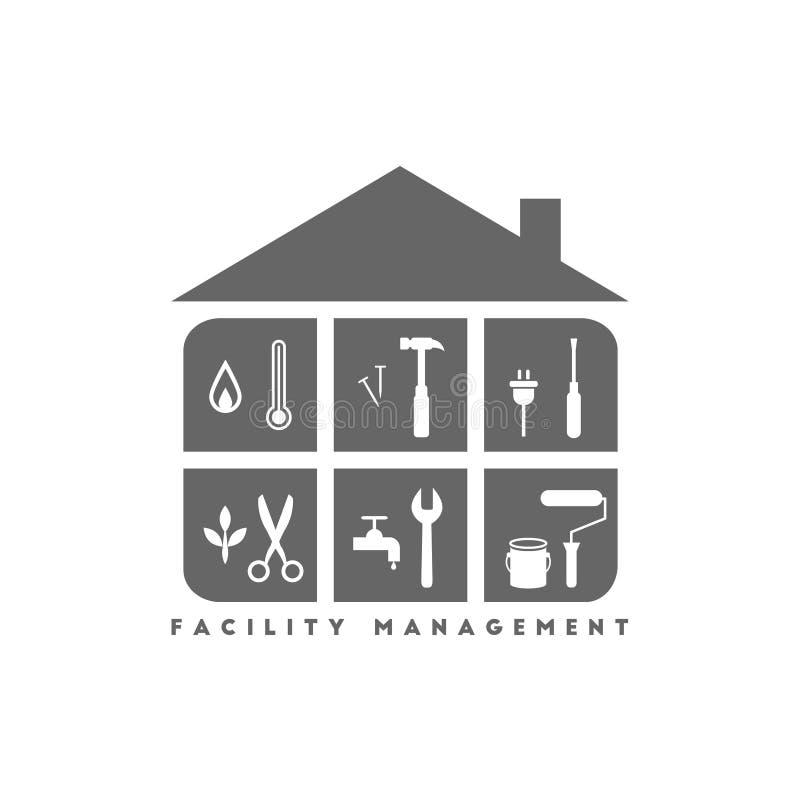Key Reasons to Invest Total Facility Management for Your Facility
Key Reasons to Invest Total Facility Management for Your Facility
Blog Article
Leading Benefits of Total Facility Management for Streamlined Procedures
Total Facility Management (TFM) represents a critical technique to improving functional effectiveness by integrating numerous solutions, such as upkeep and safety, under a unified management structure. The inquiry remains: what details benefits can organizations harness from adopting TFM, and just how might these benefits change their operational landscape?
Boosted Functional Effectiveness
Boosted functional efficiency is a primary advantage of executing total facility management (TFM) approaches. TFM encompasses a comprehensive strategy to handling a facility's resources, procedures, and infrastructure, inevitably improving operations. By combining various services-- such as maintenance, cleansing, security, and area management-- TFM decreases redundancies and boosts coordination among various operational features.
The integration of technology more magnifies this efficiency. Advanced facility management systems give real-time information analytics, allowing facility supervisors to make informed choices that boost operations and resource appropriation. Anticipating upkeep strategies, as an example, expect equipment failures before they happen, minimizing downtime and expanding possession life expectancy.
Furthermore, TFM promotes standard procedures throughout different divisions, making sure consistency and high quality in solution distribution. This uniformity decreases operational disturbances and cultivates a much more collaborative workplace. Therefore, workers can concentrate on their core responsibilities, driving productivity and improving general performance.

Expense Reduction and Savings
Implementing total facility management (TFM) not just enhances functional performance yet additionally dramatically contributes to cost decrease and savings. By settling different solutions under a solitary management structure, organizations can remove redundancies and improve procedures, thus minimizing functional costs. TFM allows better procurement methods, enabling business to negotiate bulk acquiring arrangements with suppliers and provider, leading to lower rates.
Additionally, TFM emphasizes precautionary maintenance, which lessens unanticipated malfunctions and prolongs the lifespan of vital tools. This positive strategy not just minimizes fixing expenses however likewise improves the reliability of facilitiess, ensuring uninterrupted procedures. Additionally, power efficiency campaigns, often a vital emphasis of TFM, lead to significant cost savings on energy bills, as facilitiess are enhanced for decreased power consumption.
Improved Source Management
Effective source management is a foundation of total facility management (TFM), making it possible for companies to enhance the use of their properties and workforce. By carrying out TFM techniques, organizations can comprehensively assess their resource allocation, making sure that every possession is made use of effectively and efficiently. This all natural strategy allows for the recognition of underperforming sources and the possibility for reallocation or enhancement.
In enhancement, TFM helps with the integration of technology for real-time surveillance of sources, which aids in predicting upkeep requirements and preventing costly downtime. By you could check here leveraging information analytics, organizations can make educated decisions concerning source deployment, eventually boosting efficiency and reducing waste.
Moreover, TFM advertises a society of continuous improvement, urging teams to routinely assess and fine-tune their resource management techniques. Total Facility Management. This aggressive position not just reduces functional interruptions but likewise promotes development, as workers are equipped to recommend renovations based upon their firsthand experiences with source usage
Streamlined Communication Networks
In total facility management, structured interaction channels play an essential role in fostering partnership and efficiency across groups. Efficient interaction ensures that all stakeholders, consisting of facility managers, upkeep staff, and provider, are straightened with business objectives and operational demands. By developing clear lines of communication, groups can promptly address problems, share updates, and execute options, thereby lessening downtime and boosting productivity.
With systematized communication systems, info is conveniently obtainable, permitting real-time updates on maintenance demands, resource allocation, Bonuses and job timelines. This transparency not just decreases misunderstandings but additionally equips employees to make enlightened decisions swiftly. Moreover, streamlined interaction promotes much better sychronisation during emergency situations, ensuring that all workers are educated and can respond without delay.

Raised Emphasis on Core Activities
A crucial benefit of total facility management is the raised focus on core activities, enabling organizations to concentrate on their main service objectives - Total Facility Management. By contracting out non-core functions such as cleaning, safety, and upkeep, companies can redirect their sources and energy in the direction of strategic efforts that directly add to their affordable benefit and development
Total facility management incorporates numerous operational jobs under a solitary umbrella, my review here promoting performance and reducing redundancy. This combination not only streamlines procedures but likewise enhances liability, making certain that every element of the facility runs harmoniously without drawing away attention from what truly matters-- core organization features.
Furthermore, this technique makes it possible for employees to dedicate their effort and time to tasks that drive development and enhance customer satisfaction, instead of getting bogged down by functional challenges. With a reputable facility management companion taking care of everyday operations, organizations can achieve higher agility, respond promptly to market adjustments, and keep a sharper emphasis on their goal.
Ultimately, raised concentrate on core activities causes improved general performance, allowing organizations to strengthen their market setting and satisfy their critical goals much more efficiently. - Total Facility Management
Final Thought
In final thought, Total Facility Management significantly boosts operational performance by combining crucial services and leveraging information analytics for informed decision-making. Price decreases and enhanced resource management add to general savings, while structured interaction networks foster collaboration among stakeholders.
Total Facility Management (TFM) represents a critical strategy to boosting operational effectiveness by incorporating numerous services, such as maintenance and safety and security, under a unified management structure.Enhanced operational performance is a primary advantage of applying total facility management (TFM) strategies. Advanced facility management systems give real-time data analytics, allowing facility managers to make educated decisions that boost process and resource appropriation.Executing total facility management (TFM) not only boosts operational effectiveness yet additionally considerably contributes to cost reduction and cost savings.Effective resource management is a cornerstone of total facility management (TFM), making it possible for organizations to enhance the usage of their properties and workforce.
Report this page